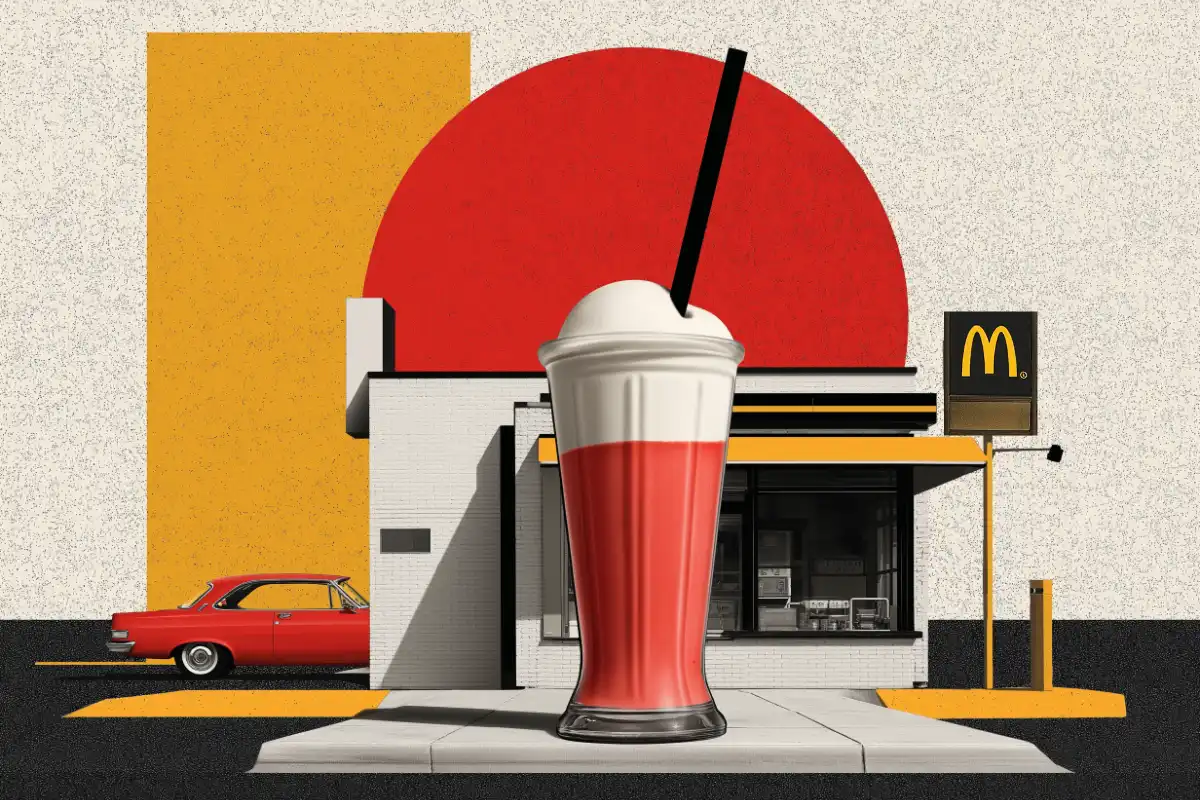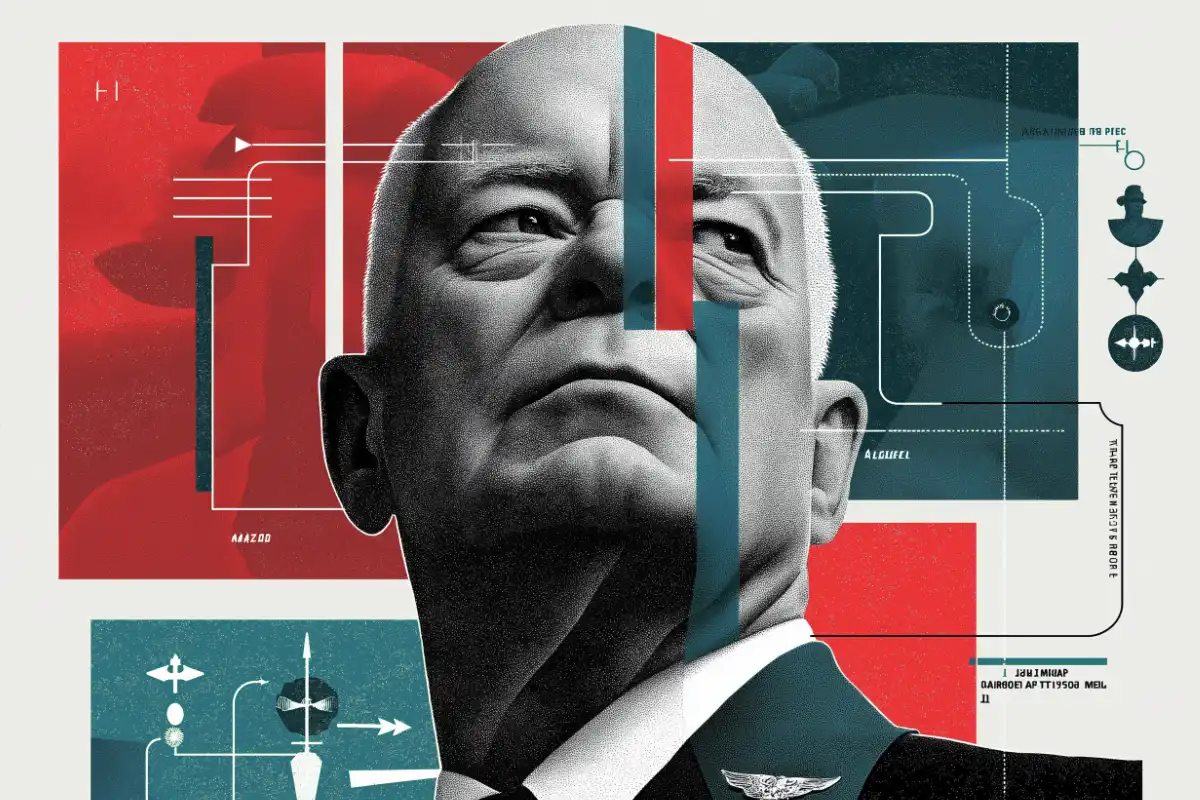We were making the same mistake McDonald's did before Clayton Christensen stepped in and revolutionised how we think about products. We were obsessing over the product instead of understanding why people "hired" it in the first place.

The mystery of the morning milkshake.
McDonald's faced a conundrum. They wanted to boost milkshake sales and did what seemed logical, so they asked customers what they wanted. The feedback seemed straightforward: make them sweeter, thicker, with better flavours.
They dutifully adjusted the recipe. Sales remained flat as week-old soda.
So, the McDonalds product team tried something radically different. Instead of asking customers what they wanted in a milkshake, they observed when people were buying them and asked why they bought a milkshake at that moment.
The results were startling. Most milkshakes weren't being bought by families for dessert. They were being purchased before 8:30 AM by solo commuters who rarely bought anything else.
"I have a long, boring drive to work," one customer explained, slurping away.
The truth hit like a brain freeze. These commuters weren't hiring milkshakes to taste chocolate or vanilla. They needed something to make their commute less tedious while keeping hunger at bay until mid-morning.
The real job of a milkshake.
When I explain this to new product managers, I usually get blank stares. "So people were drinking... breakfast milkshakes?" Yes, Karen, and I once ate cold pizza at 7 AM. We're all just trying to survive here.
People weren't buying product attributes. They were hiring products to do specific jobs in their lives.
The morning milkshake was perfect for commuters because:
- It took about 20 minutes to suck through a straw - just enough entertainment for the drive.
- It could be consumed with one hand (unlike messy bagels or crumbly breakfast bars).
- It kept them full longer than most breakfast options.
- It was consistently satisfying (unlike that disappointing banana that resembles a crime scene by lunchtime).
When features miss the point.
In retrospect, I've been that clueless product manager more times than I care to admit. I once spent six weeks debating button colors when our users just wanted to complete their tasks faster.
The "Jobs to Be Done" framework flips traditional product thinking on its head. Instead of asking "How do we improve our product?" it asks "What job is the customer hiring our product to do?"
As Tony Ulwick explains, jobs have functional, emotional, and social dimensions. The milkshake's functional job was providing breakfast and entertainment. Emotionally, it delivered relief from boredom. Socially, it gave commuters a small treat without the judgment of ordering dessert for breakfast.
Playing milkshake detective.
Armed with this insight, our team decided to play detective with our own product. We stopped asking users what features they wanted and started observing when and why they used our app.
The interviews were eye-opening. We discovered people weren't using our productivity tool to manage tasks (as we thought). They were hiring it to look organized in front of their boss during weekly check-ins.
Like McDonald's realizing the true job of their milkshake, we had our "aha" moment. And much like I discovered I'm not actually using my gym membership to get fit but rather to reduce guilt about my pizza consumption, the truth was illuminating.
From insight to action.
So what did McDonald's do with their milkshake revelation? They stopped focusing on taste and started optimizing for commuter needs.
They made their morning milkshakes thicker to last longer during drives. They added small chunks of fruit to create occasional surprises throughout the drinking experience. They even moved the milkshake machines to the front counter and created a quick-service system for repeat customers.
The result? Sales increased sevenfold. Not bad for simply understanding the actual job customers were hiring milkshakes to do.
Applying jobs to be done in your work.
When we applied this thinking to our product, we shifted focus from adding features to enhancing the weekly status report experience. Usage skyrocketed.
The JTBD framework works because it forces us to look beyond what customers say they want to understand what they're actually trying to accomplish.
To apply this thinking:
- Watch what customers actually do, not just what they say.
- Ask why they chose your product at that specific moment.
- Identify the alternatives they considered.
- Understand the progress they're trying to make in their lives.
The breakfast milkshake legacy.
The milkshake story has become legendary in product circles. It reminds us that innovation isn't about adding features - it's about understanding the job your customer hired your product to do.
In my product career, this simple shift has proven more valuable than all the feature prioritization frameworks and roadmapping templates combined. It's transformed how I think about solutions.
Next time you're stuck trying to improve your product, stop asking "What features should we add?" and start asking "What job is our customer hiring our product to do?" You might be surprised at the answer.
And if you ever see someone drinking a milkshake during their morning commute, give them a knowing nod. They're not having dessert for breakfast. They're hiring the perfect tool for the job.

